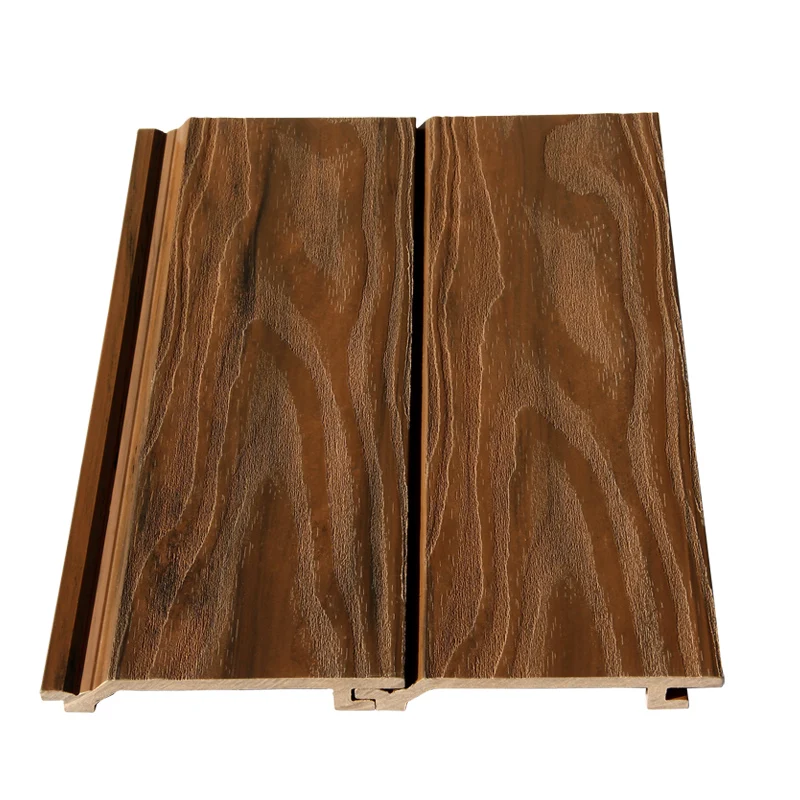

- CHEAPEST MATERIAL TO COVER WALL STUDS IN A SHOP INSTALL
- CHEAPEST MATERIAL TO COVER WALL STUDS IN A SHOP PROFESSIONAL
- CHEAPEST MATERIAL TO COVER WALL STUDS IN A SHOP FREE
Most effective at preventing downward heat flow, effectiveness depends on spacing and number of foils. Suitable for framing at standard spacing.īubble-form suitable if framing is irregular or if obstructions are present. Good for adding insulation to existing finished areas, irregularly shaped areas, and around obstructions.įoil-faced kraft paper, plastic film, polyethylene bubbles, or cardboardįoils, films, or papers fitted between wood-frame studs, joists, rafters, and beams.

Insulation is literally built into the home's walls, creating high thermal resistance.Įnclosed existing wall or open new wall cavitiesīlown into place using special equipment and, although not recommended, sometimes poured in. Installed as part of the building structure. Cores in the blocks are typically filled with concrete to create the structural component of the wall. Unfinished walls, including foundation walls for new construction High insulating value for relatively little thickness.Ĭan block thermal short circuits when installed continuously over frames or joists. Interior applications: must be covered with 1/2-inch gypsum board or other building-code approved material for fire safety.Įxterior applications: must be covered with weatherproof facing. Insulating outside of concrete block wall places mass inside conditioned space, which can moderate indoor temperatures.Īutoclaved aerated concrete and autoclaved cellular concrete masonry units have 10 times the insulating value of conventional concrete. Insulating concrete blocks are sometimes stacked without mortar (dry-stacked) and surface bonded. Some manufacturers incorporate foam beads or air into the concrete mix to increase R-values Relatively inexpensive.Ĭoncrete block insulation and insulating concrete blocksįoam board, to be placed on outside of wall (usually new construction) or inside of wall (existing homes):
CHEAPEST MATERIAL TO COVER WALL STUDS IN A SHOP FREE
Suited for standard stud and joist spacing that is relatively free from obstructions. Unfinished walls, including foundation walls The table below provides an overview of most available insulation materials, how they are installed, where they're typically installed, and their advantages. The cellulose trade group recommends hiring a professional, but if there isn’t a qualified installer in your area or you feel comfortable taking on the job, you may be able to find guidance from manufacturers. Do-it-yourself instructions are available from the fiberglass and mineral wool trade group.

CHEAPEST MATERIAL TO COVER WALL STUDS IN A SHOP INSTALL
If you choose to install the insulation yourself, follow the manufacturer’s instructions and safety precautions carefully and check local building and fire codes. To evaluate sprayed or blown-in types of insulation, measure the depth of the insulation and check for gaps in coverage. In addition, inspect insulation for a tight fit around building components that penetrate the insulation, such as electrical boxes. To evaluate blanket installation, you can measure batt thickness and check for gaps between batts as well as between batts and framing. Ask contractors about their air-sealing services and costs as well, because it’s a good idea to seal air leaks before installing insulation.The application can significantly impact the insulation’s performance. Ask contractors about their experience in installing the product you are considering.Obtain written cost estimates from several contractors for the R-value you need, and don't be surprised if quoted prices for a given R-value installation vary by more than a factor of two.
CHEAPEST MATERIAL TO COVER WALL STUDS IN A SHOP PROFESSIONAL
When hiring a professional certified installer: Other types require professional installation. (Liquid foam insulation materials can be poured, but they require professional installation). Homeowners can install some types of insulation - notably blankets, boards, and materials that can be poured in place. The maximum thermal performance or R-value of insulation is very dependent on proper installation.


 0 kommentar(er)
0 kommentar(er)
